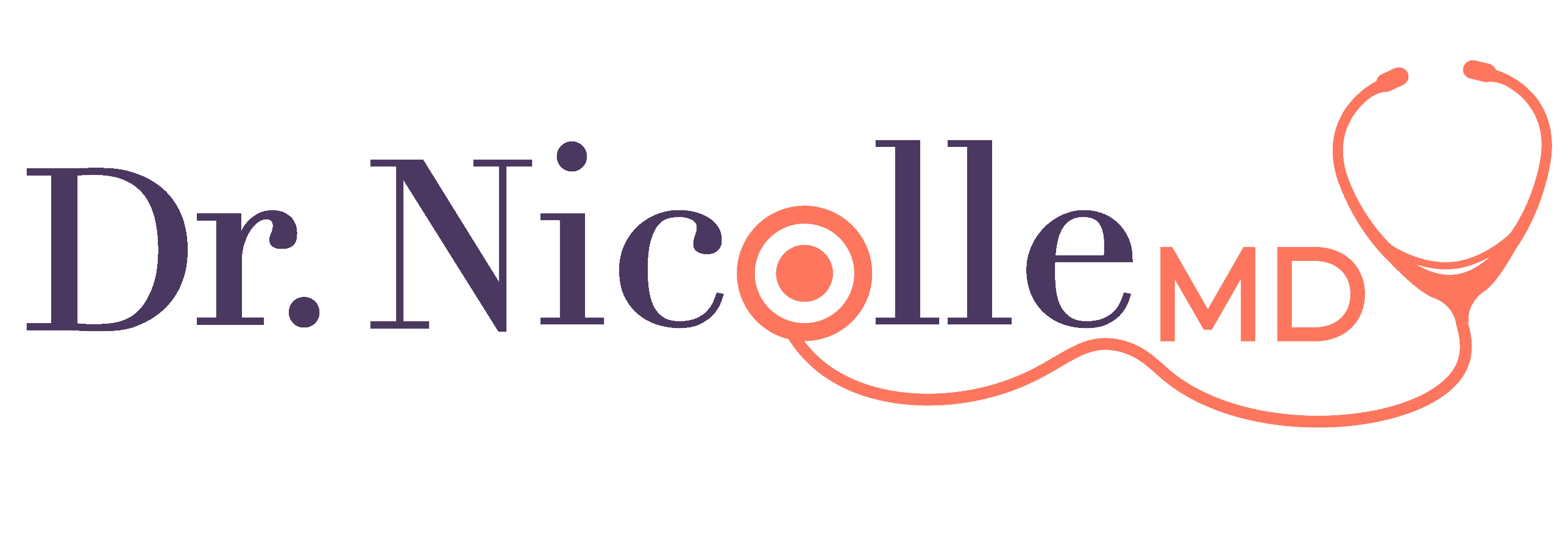

Even at low-level exposure, arsenic is not just a class I carcinogen, but may also impair our immune function and increase our risk of cardiovascular disease and diabetes.
When people hear about arsenic, they think of it as an acute poison, and, indeed, a tiny amount—a hundred milligrams, about one-tenth the weight of a paperclip—could kill you in an hour. But, there is also chronic arsenic poisoning, where even a dose 10,000 times as small can be harmful if you’re exposed day-after-day for years at a time as I discuss in my video The Effects of Too Much Arsenic in the Diet. Chief among the concerns is cancer.
Arsenic is classified as a class I carcinogen, which is the highest level and includes things known to cause cancer in humans. Other class I carcinogens are asbestos, cigarette smoke, formaldehyde, plutonium, and processed meat (the consumption of bacon, ham, hot dogs, deli meat, and the like). So, arsenic is pretty bad, to say the least, implicated in tens of thousands—or even hundreds of thousands—of cancer cases worldwide every year.
Of course, cancer is our number-two killer. What about heart disease, our leading cause of death? “Long-term exposure to low to moderate arsenic levels was associated with cardiovascular disease incidence and mortality,” meaning heart attacks and strokes.
Arsenic is also considered an immunotoxicant, meaning it’s toxic to our immune system. How do we know that? There’s a virus called varicella, which is what causes chickenpox—the first time we get it. Our immune system is able to stamp it down but not stamp it out. The virus retreats into our nerve cells where it lies in wait for our immune function to dip. And, when it does, the virus re-emerges and causes a disease called shingles. We’ve all been exposed to the virus, but only about one in three of us will get shingles because our immune system is able to keep it at bay. However, the virus can slip its muzzle as we get older or immunosuppressed, for instance, if we’re given arsenic chemotherapy. Shingles is a common side effect, because the arsenic drugs not only kill the cancer but also some of our immune cells, too. That’s at high doses, though. Might even low doses of arsenic, like the kind we’re exposed to in our daily diet, impact our immune function? Researchers tested the levels of arsenic in the urine of thousands of Americans, along with their levels of anti-virus antibodies, and, indeed, they found that the more arsenic the subjects had flowing through their bodies, the lower their defenses.
And, if you’re pregnant, arsenic can pass to your baby, possibly increasing the risk of miscarriage or infant mortality, and “may affect an infant’s immune development and susceptibility to infections early in life.” Indeed, a study out of New Hampshire on infant infections in relation to prenatal arsenic exposure found that the more arsenic the mom was exposed to during pregnancy, the higher the baby’s risk of infection during infancy. However, “it’s unknown whether arsenic-induced epigenetic changes are transgenerational”—that is, whether changes in gene expression can impact the health of not only your own children but your grandchildren as well. Regardless, arsenic exposure isn’t good for mom’s own health, as it is associated with increasing blood pressure.
Hold on. If arsenic suppresses immune system function, then, as a silver lining, would we, for example, have fewer allergies, which is a kind of over-reaction of the immune system? Apparently not. Those with higher arsenic levels tend to have higher rates of food allergies, tend not to sleep as well, and tend not to feel as well. When people were asked how they would rate their health, those reporting “excellent” or “very good” tended to have lower levels of arsenic, compared to those who reported their general health condition as “good,” “fair,” or “poor,” who tended to have higher arsenic levels.
What about diabetes? You can see the results of two dozen population studies on arsenic exposure and confirmed diabetes at 4:07 in my video. Any result above one suggests increased risk for diabetes, and any result below one suggests lower risk. The findings? “Our results support an association between ingested arsenic and DM [diabetes] in humans.” Population studies can’t prove cause and effect, though. “While it would be nice to demonstrate a cause and effect relationship…is it necessary?”
We know arsenic is a carcinogen. We know it causes cancer. What more do we need to take steps to decrease our exposure?
Where is arsenic found in our diet? See my videos Where Does the Arsenic in Chicken Come From? and Where Does the Arsenic in Rice, Mushrooms, and Wine Come From?.
Ready for a deep dive into the rice issue? Check out:
In health,
Michael Greger, M.D.
PS: If you haven’t yet, you can subscribe to my free videos here and watch my live presentations:
Some of the links in this article are "affiliate links", a link with a special tracking code. This means if you click on an affiliate link and purchase the item, we will receive an affiliate commission.
The price of the item is the same whether it is an affiliate link or not. Regardless, we only recommend products or services we believe will add value to our readers.
By using the affiliate links, you are helping support our Website, and we genuinely appreciate your support.
Last updated on January 17th, 2021 at 06:18 pm

Minimize Medications. Maximize Health.
Are you super busy but need to take control of your health? Are you tired of being tired? Subscribe to my “Minimize Medications, Maximize Health Blog” and I’ll give you 7 Tips to Get Healthy in No Time absolutely FREE.




